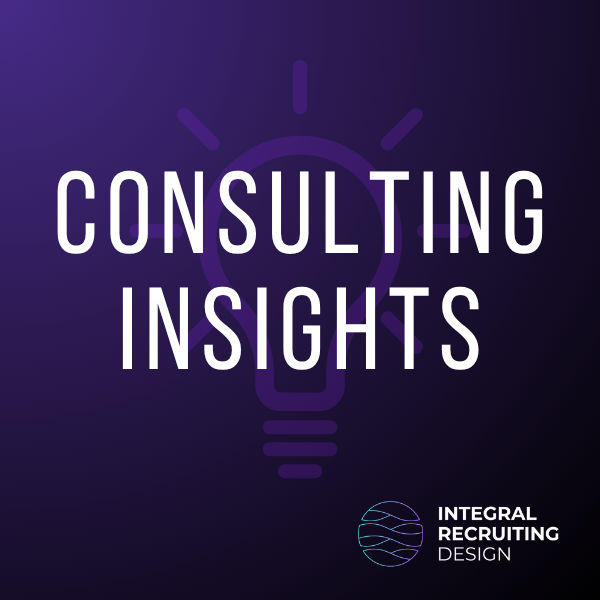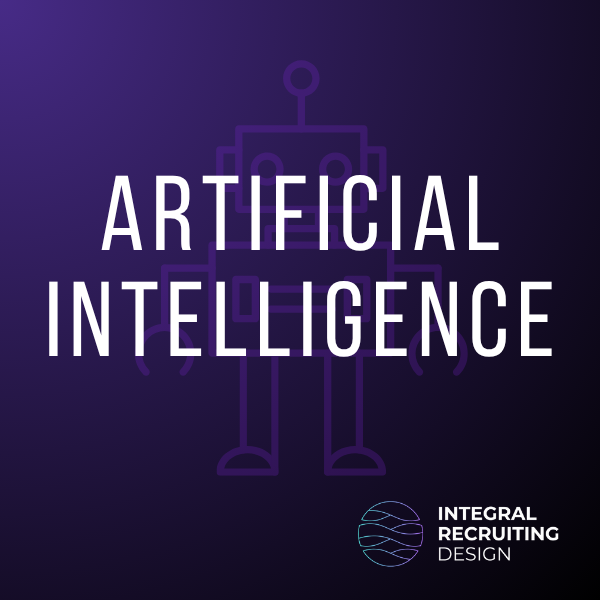Why Optimization Deserves a Budget
It’s easy to assume once iCIMS is live, the heavy lifting is done. But over time, even the best implementations degrade: workflows become outdated, automation remains unused, and data quality suffers. The cost? Slower time-to-fill, higher recruiter workload, poor candidate experience—and eventually, diminished trust in the platform.
But optimization doesn’t have to mean expensive overhauls. When framed correctly, it’s one of the highest-leverage investments your team can make.
Step 1: Define the Optimization Opportunity
Start by pinpointing specific pain points that are costing your team time, money, or momentum. Common examples include:
-
Job postings requiring manual rework
-
Inefficient approval workflows causing hiring delays
-
Career sites with poor mobile conversion rates
-
Underutilized text engagement or CRM tools
Gather insights through:
-
Workflow audits
-
Recruiter and admin feedback
-
Candidate experience analytics (e.g., application abandonment)
-
Time studies of manual tasks
This helps ground your case in concrete, observable inefficiencies.
Step 2: Quantify the Cost of the Status Quo
A strong business case doesn’t just focus on potential gains—it illustrates the ongoing cost of doing nothing.
Examples:
-
Lost recruiter hours: “Our recruiters spend 3 hours/week updating fields that could be automated. Across 5 recruiters, that’s over 750 hours/year.”
-
Vacancy costs: “Each 30-day delay in filling a sales role costs the business $12K in lost productivity.”
-
Agency overuse: “Without robust internal pipelines, we spent $200K on agency fees last year alone.”
Put a dollar value on every inefficiency you can. Even directional estimates are better than none.
Step 3: Identify the Potential Gains
Now flip the equation. What happens if you fix these problems?
-
Improved career site UX = higher conversion = more qualified applicants = less spend on job boards.
-
Streamlined workflows = faster time-to-fill = better candidate experience and reduced offer declines.
-
Automation = reduced manual errors and faster recruiter ramp-up.
Use:
-
Before/after results from similar organizations
-
Internal pilot data (e.g., A/B tests on application forms)
-
Benchmarks from your vendor or consulting partners
These projections don’t need to be perfect—they just need to be reasonable.
Step 4: Tie It to Strategic Priorities
This is where most optimization proposals fall flat. You’re not just fixing broken buttons—you’re enabling business goals.
Link your proposal to:
-
Reducing third-party spend (by building internal pipeline strength)
-
Supporting DEI goals (by auditing and improving visibility of diverse slates)
-
Improving quality-of-hire (by increasing recruiter efficiency and bandwidth)
Speak the language of business outcomes, not system admin features.
Step 5: Present a Tiered Investment Plan
Give decision-makers room to say yes—at any level.
| Tier | Example Investment | Estimated ROI |
|---|---|---|
| Basic | Admin time to fix outdated email templates | Time savings, improved candidate comms |
| Moderate | External support to rebuild requisition workflows | Faster hiring, improved compliance |
| Transformative | Full CRM + text engagement strategy redesign | Reduced agency spend, stronger passive engagement |
This approach shows you’re thoughtful about budget and scale—and ready to adapt based on available resources.
Step 6: Address Common Objections
Preempt pushback by preparing responses to these common concerns:
“We don’t have time right now.”
Optimization creates time. Fixing repetitive manual work pays for itself in weeks.
“Shouldn’t we just switch platforms?”
Replacing an ATS is expensive, risky, and time-consuming. iCIMS is already paid for and deeply integrated—optimization is a faster path to ROI.
“What if we optimize and it doesn’t work?”
Tie efforts to measurable outcomes from the start and phase in changes to reduce risk.
Step 7: End with ROI Framing
When in doubt, bring it back to ROI:
“We’re not asking to spend more on the ATS—we’re asking to finally get what we paid for.”
That message resonates. Optimization isn’t overhead. It’s an ROI multiplier.
✅ Next Steps
If you’re ready to turn insight into action:
-
RSVP for a Free Friday call to see how other iCIMS customers are solving similar problems.
-
Try expert support free for a month through our Office Hours program.
-
Listen to the SAI Podcast on Spotify to hear real-world optimization stories.



